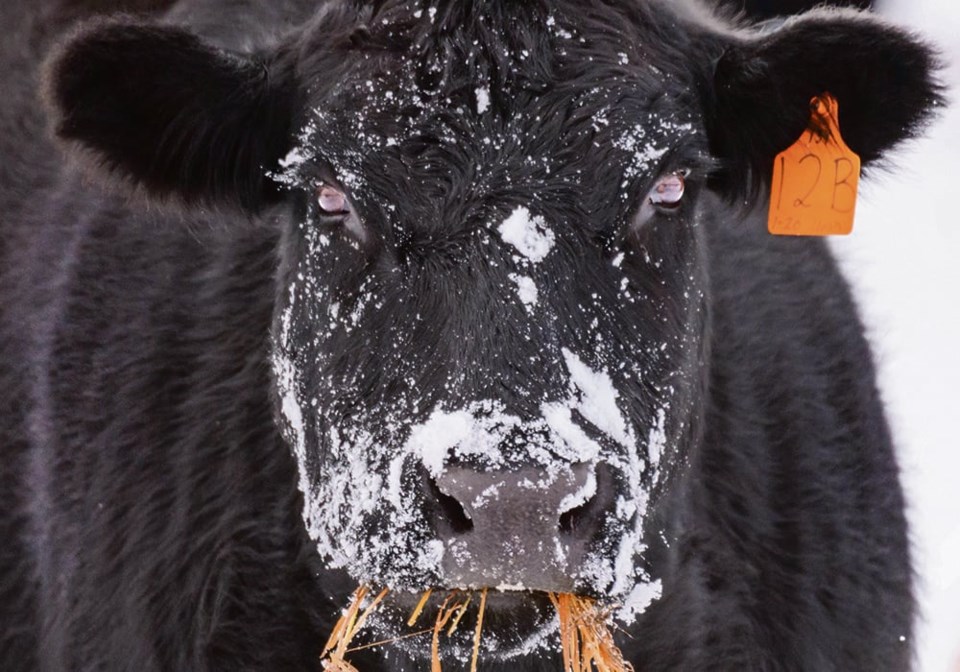Canada’s export-dependent economy has limited opportunities for domestic growth when it comes to agriculture and food.
With 40 million Canadian souls in sight, (we are just 440,000 short), growing our population by one million people last year was a great accomplishment, especially for makers of food or jobs. But as Canada grows its agricultural capacity, the future lies in exports.
Budget 2023, from the same folks who brought you carbon pricing and the greening of the Canadian economy, does address a critical piece of the agriculture vulnerability puzzle for the nation. It includes funding of a foot-and-mouth disease vaccine bank. A single case of the disease would likely strike a $65 billion blow to the economy, so this particular budget item is welcome and will be money well spent.
The nation’s livestock industry has been calling on the government to address the issue of funding for an expanded FMD-infection response plan and a vaccine bank to deal with any outbreak.
The federal budget has finally addressed the preparedness part of the equation with a $57.5 million allocation over five years to build the bank. It took several years for the government to reckon with the idea that the Americans will not share their vaccine bank with us, even if we pay them. And with the instability of that nation’s politics, reliance upon a sharing arrangement, particularly involving food and agricultural trade, was never a good plan.
Globally, the threat of livestock disease spread increases with human travel. With COVID-19 travel restrictions in the rear-view, travel is up and risk is along for the ride. Nearly 80 percent of the planet now has FMD in its animal herds.
Diseases in food animals that don’t present a risk to human health, such as FMD, are a harder sell for governments that must justify expenses to average citizens, voters and taxpayers. Even farmers who aren’t in the critter business aren’t immediately concerned.
However, with 26 million pigs and cattle all eating daily in Canada, everyone in agriculture is in animal agriculture, whether or not they identify themselves that way. Whether it’s grain and oilseed byproducts, screenings, straw or feedgrains, animals use it. If they aren’t using it because they don’t exist, then land is converted into commodity crop production, creating a host of other issues in the sector.
Even one case of FMD in Canada would likely require mass slaughter unless there are mitigation measures such as a vaccine bank and regional sequestration. Such an event would quickly short the nation’s domestic meat supplies as well as those for export. Consumer prices would jump and the country would be more reliant on imports.
Current food inflation woes are small potatoes compared to an FMD crisis. Protecting Canadian agriculture from an FMD-induced industry collapse for a measly $57.5 million is small potatoes for the nation.
Agriculture groups found little to quibble with in the 2023 budget. Investments for agriculture and food included a $100,000 boost to advance payments, a new green shipping corridor program, a national transportation supply-chain office, some rail interswitching biofuel policy moves, money for dairy research and offsetting of fertilizer costs due to import tariffs from Russia.
It’s a budget that didn’t offend. But this week’s boost in the carbon tax for regimes under the federal mandate are likely the antidote for any warm feelings that producers might develop for the government.
Karen Briere, Bruce Dyck, Barb Glen and Mike Raine collaborate in the writing of Western Producer editorials.

